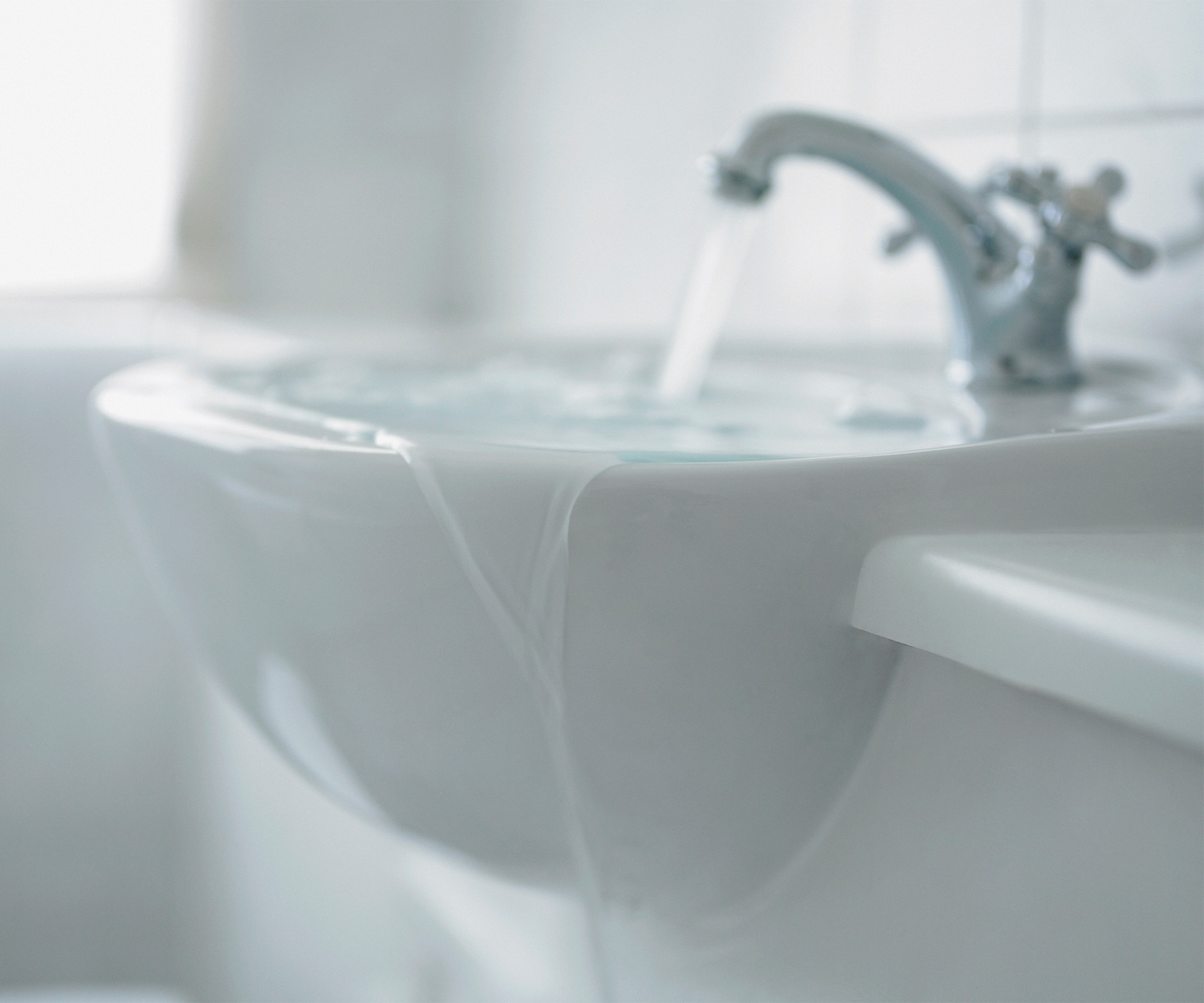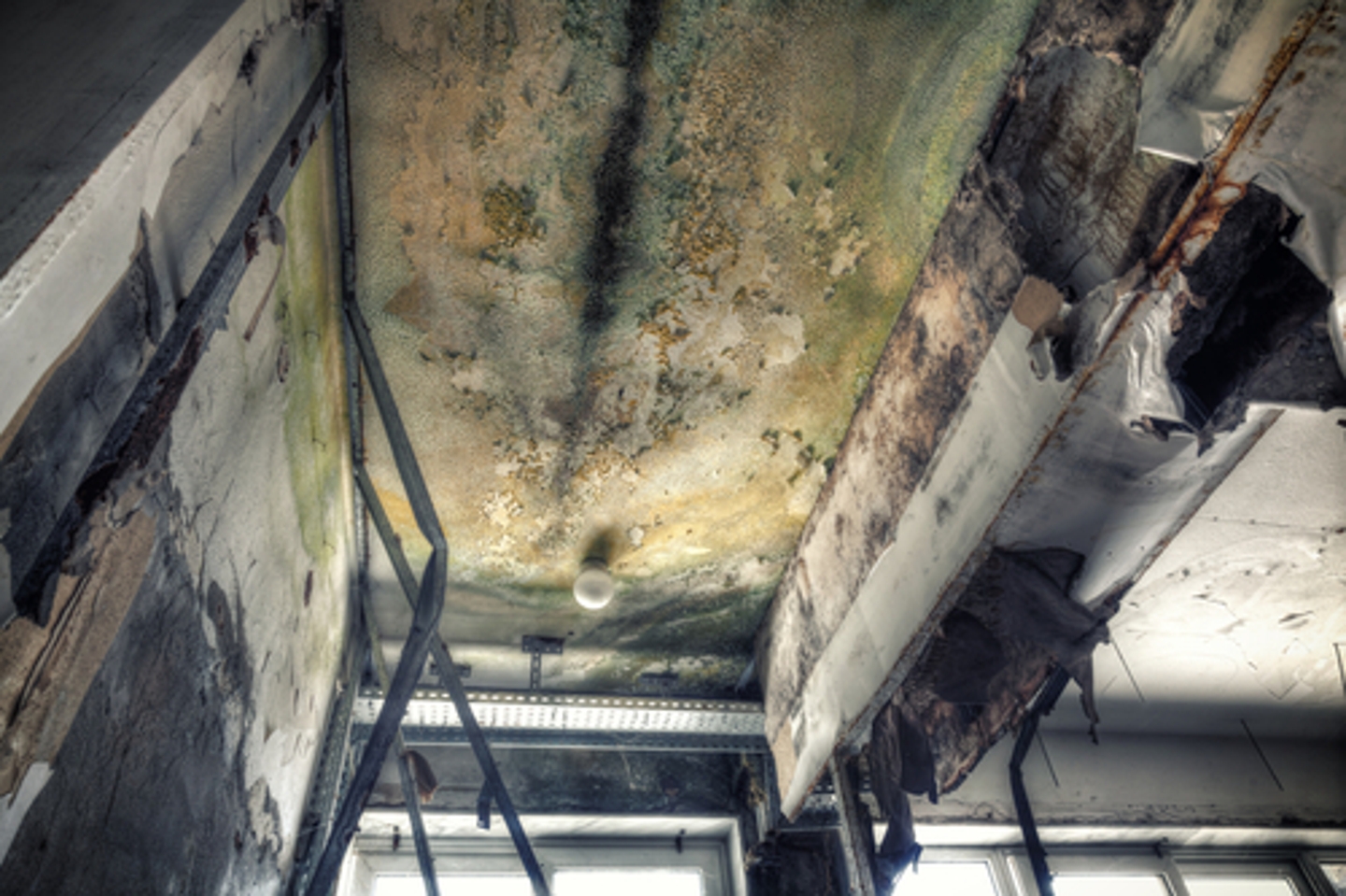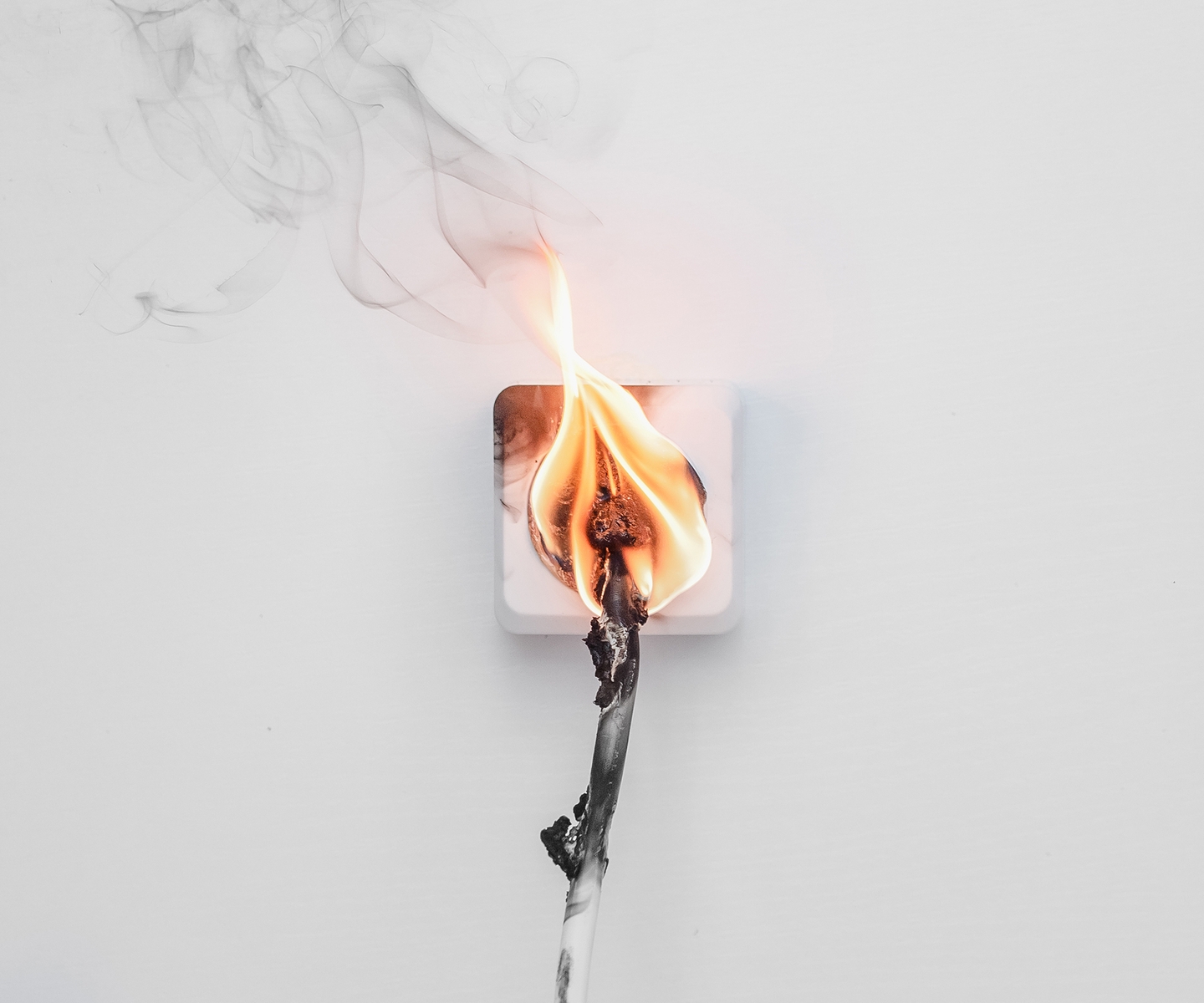
Professional Odor Removal Services
Get rid of foul odors with SERVPRO®. Our advanced odor removal services get to the source and leave your home or business smelling fresh.
Your detected location is:
National Call Center
Odor Detection and Removal Specialists
It can be challenging to remove persistent smells from your home or business. Trying to remove the smell of tobacco smoke, pet urine, and other scents by yourself can be daunting and frustrating. SERVPRO is the name you can trust when you need professional odor detection and removal. Our odor removal services include but are not limited to:
Home Odor Removal
Business Odor Removal
Home and Office Deodorization
Pet Odor Removal
Smoke Odor Removal
Pest Odor Removal
Our uniquely trained professionals will identify the source of the foul odor and eliminate it from your home or business. Inside or outside, you can count on SERVPRO for your odor elimination needs.
Quick Links:
Have another question?
Why Choose SERVPRO for Home Odor Removal?

24/7 Emergency Service

Highly Trained Technicians

#1 Choice in Cleanup and Restoration

Easier Insurance Claims Process
Odor Removal Processes and Techniques

Enzyme Digesters

Air Purification

Oxidation

Combination Techniques

Masking Agents

Pairing Agents

Filtration Agents

Disinfectants and Sanitizers

Air Purification

Oxidation

Combination Techniques

Masking Agents

Pairing Agents

Filtration Agents

Disinfectants and Sanitizers
Our 4-Step Odor Removal Process

Clean residues from surfaces

Re-create the conditions that caused odor penetration

Seal surfaces exposed to unpleasant odors

Remove the odor source

Clean residues from surfaces

Re-create the conditions that caused odor penetration

Seal surfaces exposed to unpleasant odors

Clean residues from surfaces

Re-create the conditions that caused odor penetration

Seal surfaces exposed to unpleasant odors

Remove the odor source

Clean residues from surfaces

Re-create the conditions that caused odor penetration

Seal surfaces exposed to unpleasant odors

Removing the source of the odor is the first step in getting rid of the bad smell. We will first work to remove the source of the odor, and then clean, which will provide the best result.
The odor removal process starts with identifying the source of the smell and removing it. Once the source has been taken care of, our team will work to clean and deodorize your home, using a variety of methods. These include cleaning of surfaces, applying deodorizers, and/or using ozone or hydroxyl machines when indicated.
Removing a cigarette smoke smell from your home will begin with a thorough cleaning to remove any tar and nicotine from walls, ceilings and other hard surfaces. Soft surfaces will also need cleaned. This will be followed by a deodorization technique, possibly using an ozone or hydroxyl machine. The needs for each situation varies, so contact your local SERVPRO for a customized plan.
Recommended For You
![Sink overflowing with running water]()
Water Damage Cleanup and Restoration
SERVPRO® is a name you can trust when you need water damage restoration, cleanup, and repa...
![Green and black mold is seen growing on the ceiling of a building. SERVPRO offers an extensive line of mold cleanup, repair, remediation, and restoration services.]()
Mold Removal and Remediation
Mold can grow anywhere. Trust SERVPRO® for reliable mold remediation, abatement, and resto...
![outlet fire requires fire damage restoration and smoke damage cleanup]()
Fire Damage Restoration
Restoring your home or business after fire damage is our main goal. As a leading fire dama...


